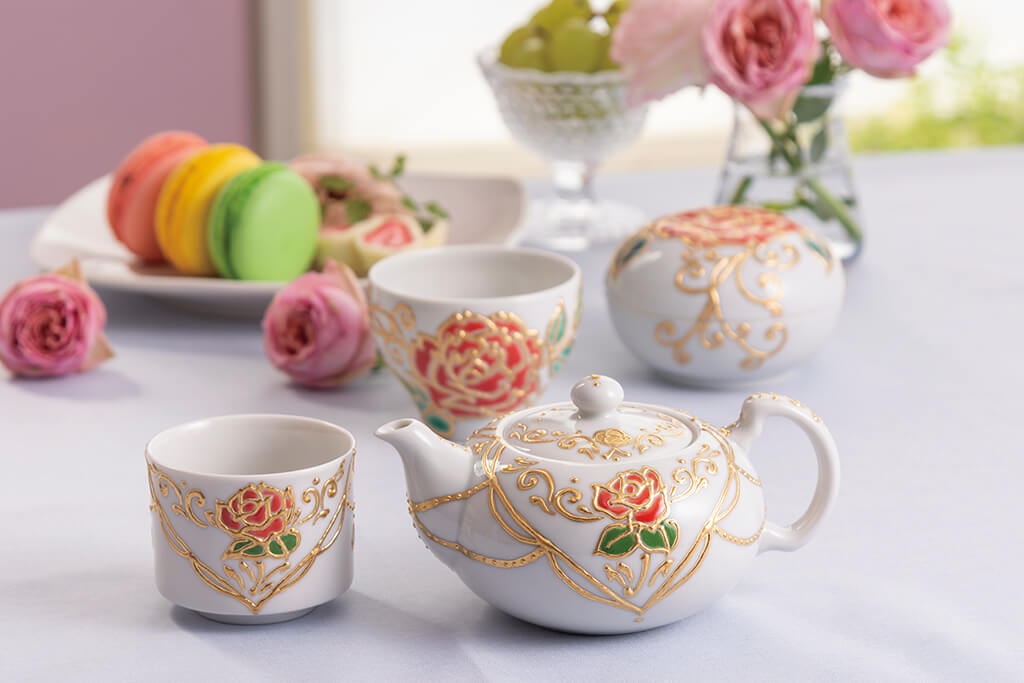The Yoshidaya kiln played a pivotal role in the revival of Kutani ware. Under the leadership of Den'emon, the fourth generation of the Toyoda family, the kiln undertook the revival of Kutani ware with great enthusiasm. Despite moving to Yamashiro village in 1826 due to lack of space, the products of the Yoshidaya kiln continued to be celebrated under the Kutani name, contributing greatly to the revival of the tradition.

